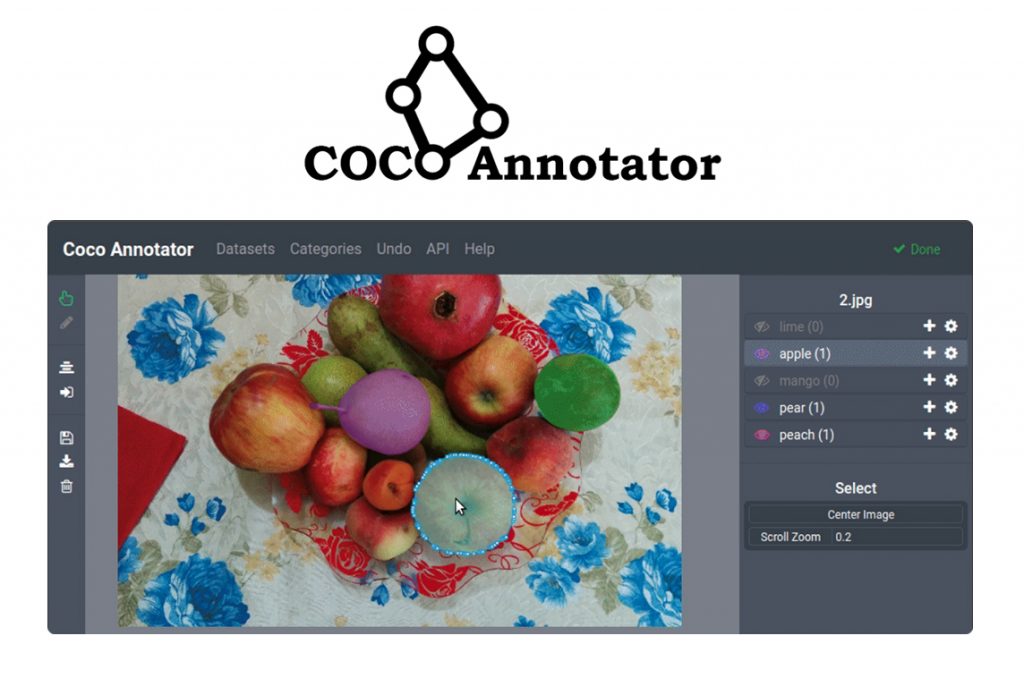In today’s fast-paced world, where artificial intelligence (AI) and machine learning (ML) are playing a crucial role in various industries, the need for annotated data is more significant than ever. One of the primary requirements for training and testing AI models is accurately labeled and annotated data.
Annotation is the process of marking up a photo or video with tags, labels, or other information that can help AI algorithms understand and recognize objects, people, and actions.
What is Image Annotation as a Service?
Image annotation is identified as the process of adding information to an image to help machines understand what they are looking at. This can be as simple as putting a phrase in front of a picture, like “red car on the porch.” It can also be more complex, like identifying different types of cats or counting how many cats are in the image. Depending on the complexity of the project, complex annotation is capable of helping recognize, count, or track many objects or areas in a picture.
Image annotation services have become increasingly popular, especially with the rise of computer vision applications in various fields like healthcare, automotive, retail, and more. These services help businesses and organizations quickly and accurately annotate large datasets, saving time and resources that would otherwise be spent on manual annotation.
How Does Image Annotation Function?
For a clear understanding of image Annotation, it typically works like this:
- Preparing the image dataset: The first step involves gathering and organizing the images that need to be annotated, ensuring that they are of good quality and appropriate for the project’s objectives.
- Specifying object classes: Object classes are categories of objects that will be labeled in the images. For example, if the project involves identifying different species of animals, the object classes might be “dog,” “cat,” “horse,” and so on.
- Assigning labels to images: Once the object classes are specified, annotators will assign labels to each image based on the objects present in the image. For example, an image of a chicken might be labeled “chicken,” while an image of a horse might be labeled “horse.”
- Tagging objects within each image: After the images are labeled, annotators will mark the objects present in each image with highlighted boxes around them.
- Choosing object class labels: Once the bounding boxes are drawn, annotators will select the appropriate object class label for each highlighted box. For example, a bounding box around a cat might be labeled with the object class “cat.”
- Exporting annotations: The annotations are then exported in a file type that can be deployed as a training dataset for machine learning algorithms.
- Post-processing the data: After the annotations are exported, the data is reviewed to ensure that the annotation is precise and consistent.
- Inconsistent labeling: In case of inconsistent annotations, the system enables a second or third annotation round with voting between annotators. This ensures that the final annotations are accurate and reliable for the intended use.
Why Should you Outsource Data Entry Tasks?
Companies outsource data entry services like image labeling for several reasons, including:
Cost savings: Outsourcing data entry tasks to countries where labor costs are lower can significantly reduce the company’s expenses. For example, companies can hire remote workers in developing countries who are willing to work for a lower wage compared to hiring in-house staff in developed countries.
Improved accuracy and quality: Data entry tasks are performed by a team of experts trained by professional service providers with the utmost accuracy and quality. This may lead to higher-quality data, which is necessary for making wise business decisions.
Focus on core business operations: The company’s time and resources can be freed up by outsourcing data entry work, allowing them to concentrate on their main business activities. This can result in improved productivity and efficiency, which can help the company grow and expand.
Flexibility and scalability: Companies can have the flexibility and scalability to handle high volumes of data entry work during busy times or projects by outsourcing those tasks. To meet the needs of the business, service providers can quickly scale up or down their workforce.
Conclusion
In general, companies can gain several advantages from outsourcing data entry work, including reduced costs, increased precision and quality, and the ability to concentrate on core business operations. It also gives businesses access to advanced and emerging technology.
